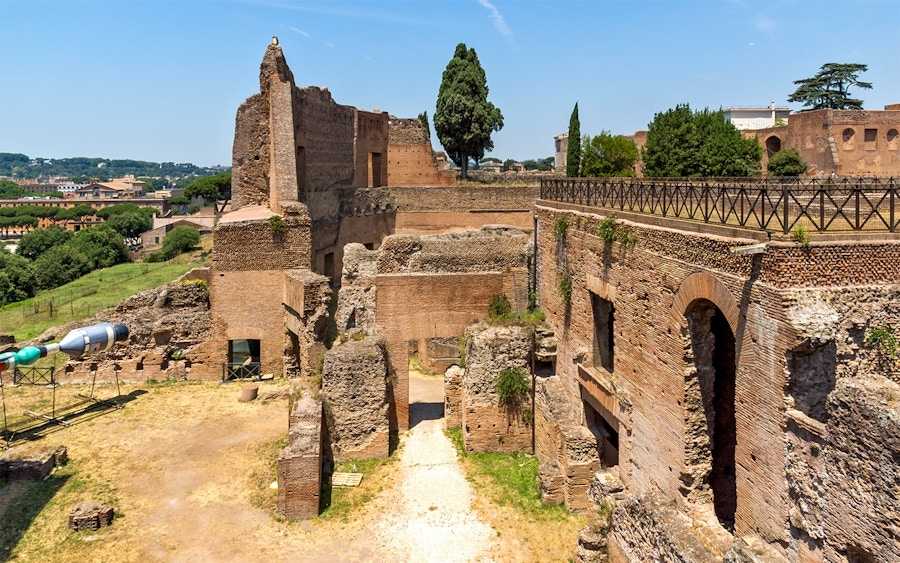Discovering the Palatine Hill
The Palatine Hill, one of the most ancient parts of Rome, is a treasure trove of history and architecture. Nestled between the Roman Forum and the Circus Maximus, this hill is a must-visit for anyone interested in the origins of Rome and its development over centuries. The Palatine Hill is not just a collection of ruins; it is a place where myths and history intertwine, offering a glimpse into the lives of emperors and the grandeur of ancient Rome.
Historical Significance
The Palatine Hill is considered the birthplace of Rome. According to Roman mythology, it was here that Romulus and Remus, the legendary founders of Rome, were found by the she-wolf that raised them. This mythological significance is complemented by archaeological evidence that suggests the hill was inhabited as far back as the 10th century BC. Over time, it became the preferred residential area for Roman emperors and aristocrats, making it a symbol of power and prestige.
Visitors to the Palatine Hill can explore the remnants of several imperial palaces, including the Domus Augustana and the Domus Flavia. These structures, though in ruins, still convey the opulence and architectural innovation of ancient Rome. The hill also offers a panoramic view of the Roman Forum, providing a unique perspective on the city’s historical landscape.
What to See
When visiting the Palatine Hill, there are several key sites that should not be missed. The House of Augustus, the first emperor of Rome, is a highlight. Although only a portion of the original structure remains, the frescoes and mosaics that adorn the walls offer insight into the artistic tastes of the time. Nearby, the House of Livia, Augustus’s wife, is another fascinating site, known for its well-preserved frescoes.
The Farnese Gardens, established in the 16th century, are also located on the Palatine Hill. These gardens, among the first botanical gardens in Europe, provide a serene escape from the bustling city below. As you wander through the gardens, you’ll encounter ancient sculptures and fountains, adding to the hill’s charm.
Another significant site is the Palatine Museum, which houses artifacts discovered during excavations on the hill. The museum’s collection includes pottery, sculptures, and other items that offer a deeper understanding of the daily life and culture of ancient Rome.
Tips for Visiting
To make the most of your visit to the Palatine Hill, consider purchasing a combined ticket that includes entry to the Roman Forum and the Colosseum. This ticket allows you to explore three of Rome’s most iconic sites at your own pace. It’s advisable to wear comfortable shoes, as the terrain can be uneven and requires a fair amount of walking.
Visiting early in the morning or later in the afternoon can help you avoid the crowds and the midday heat, especially during the summer months. Guided tours are available and can enhance your experience by providing detailed historical context and stories about the sites you’re exploring.
Lastly, don’t forget to bring a camera. The views from the Palatine Hill are breathtaking, offering stunning vistas of the Roman Forum, the Colosseum, and the city of Rome itself. These views are not only perfect for photographs but also for taking a moment to reflect on the rich history that surrounds you.
